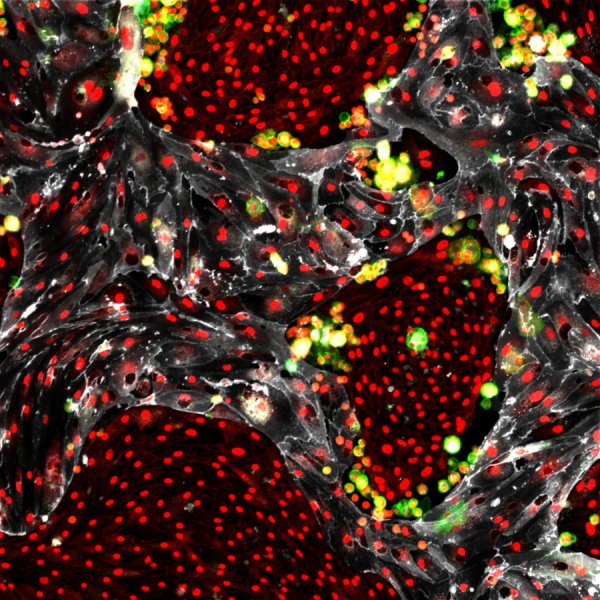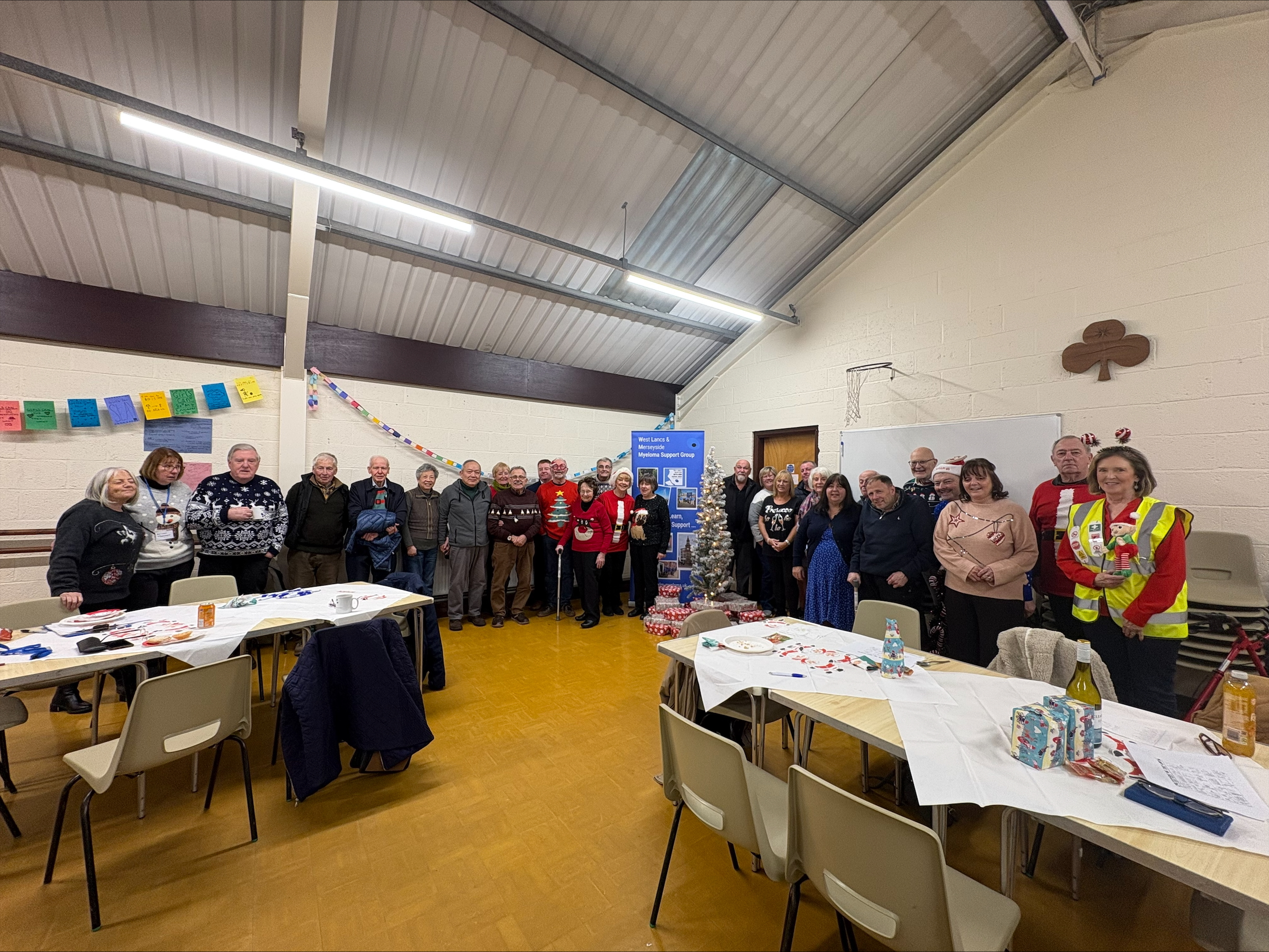
A study led by the University of Birmingham has made a breakthrough in the understanding of how different genetic mutations cause acute myeloid leukaemia.
Researchers at Weill Cornell Medicine have discovered an innovative method to make an unlimited supply of healthy blood cells from the readily available cells that line blood vessels. This achievement marks the first time that any research group has generated such blood-forming stem cells.
Hematopoietic stem cells (HSCs) are long-lasting cells that mature into all types of blood cells: white blood cells, red blood cells and platelets. Billions of circulating blood cells do not survive long in the body and must be continuously replenished. When this does not happen, severe blood diseases, such as anemia, bleeding or life-threatening infections, can occur. A special property of HSCs is that they can also “self-renew” to form more HSCs. This property allows just a few thousand HSCs to produce all of the blood cells a person has throughout one’s life.
In a paper published May 17 in Nature, Dr. Rafii and his colleagues demonstrate a way to efficiently convert cells that line all blood vessels, called vascular endothelial cells, into abundant, fully functioning HSCs that can be transplanted to yield a lifetime supply of new, healthy blood cells. The research team also discovered that specialized types of endothelial cells serve as that nurturing environment, known as vascular niche cells, and they choreograph the new converted HSCs’ self-renewal. This finding may solve one of the most longstanding questions in regenerative and reproductive medicine: How do stem cells constantly replenish their supply?
If this method can be scaled up and applied to humans, it could have wide-ranging clinical implications. “It might allow us to provide healthy stem cells to patients who need bone marrow donors but have no genetic match,” Dr. Scandura said. “It could lead to new ways to cure leukemia, and may help us correct genetic defects that cause blood diseases like sickle-cell anemia.”
To read the full article click here.









